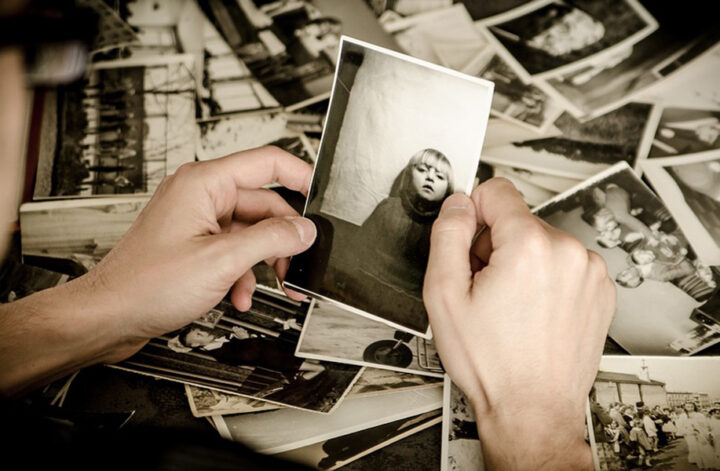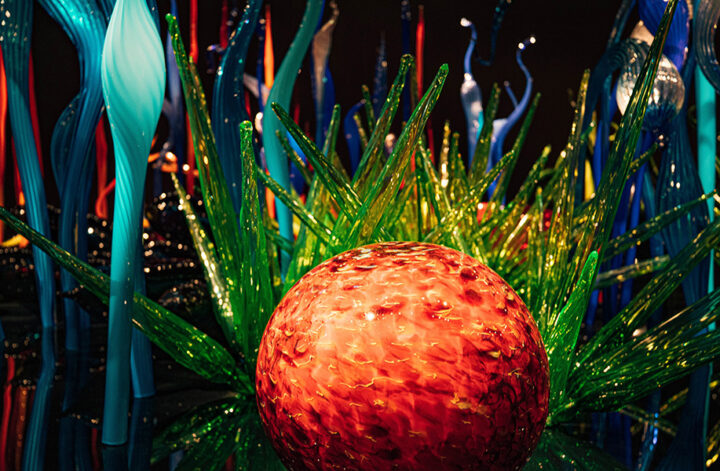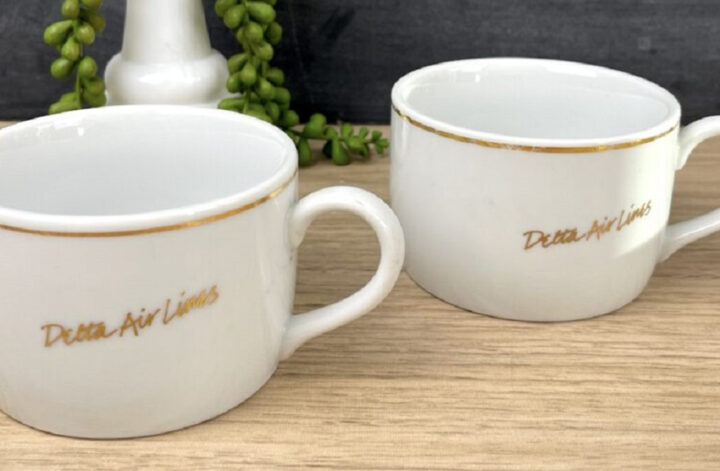Some vintage accessories trends probably should be forgotten. Quickly. Permanently. The novelty plastic earrings of the 80s (My most beloved were pink fluorescent wiggly squids). The fanny pack. (Mine was teal.) Shutter shades. (My style hall of shame is free of these.) And two unforgettables from the world of fashion taxidermy: small mink stoles that came with head, feet and tail with a clip inside the mouth a clip that grabbed the tail; and alligator purses with beady glass eyed alligators on the front flap. (I had both, hand-me-downs from my mother.)
But there are some vintage accessories that should come back. They still have it. They can still make an outfit pop. They’re around, but we don’t see them all that often. Which is a shame. Hence, our highly opinionated list of vintage accessories that should make a comeback.
Millinery Flower Corsages
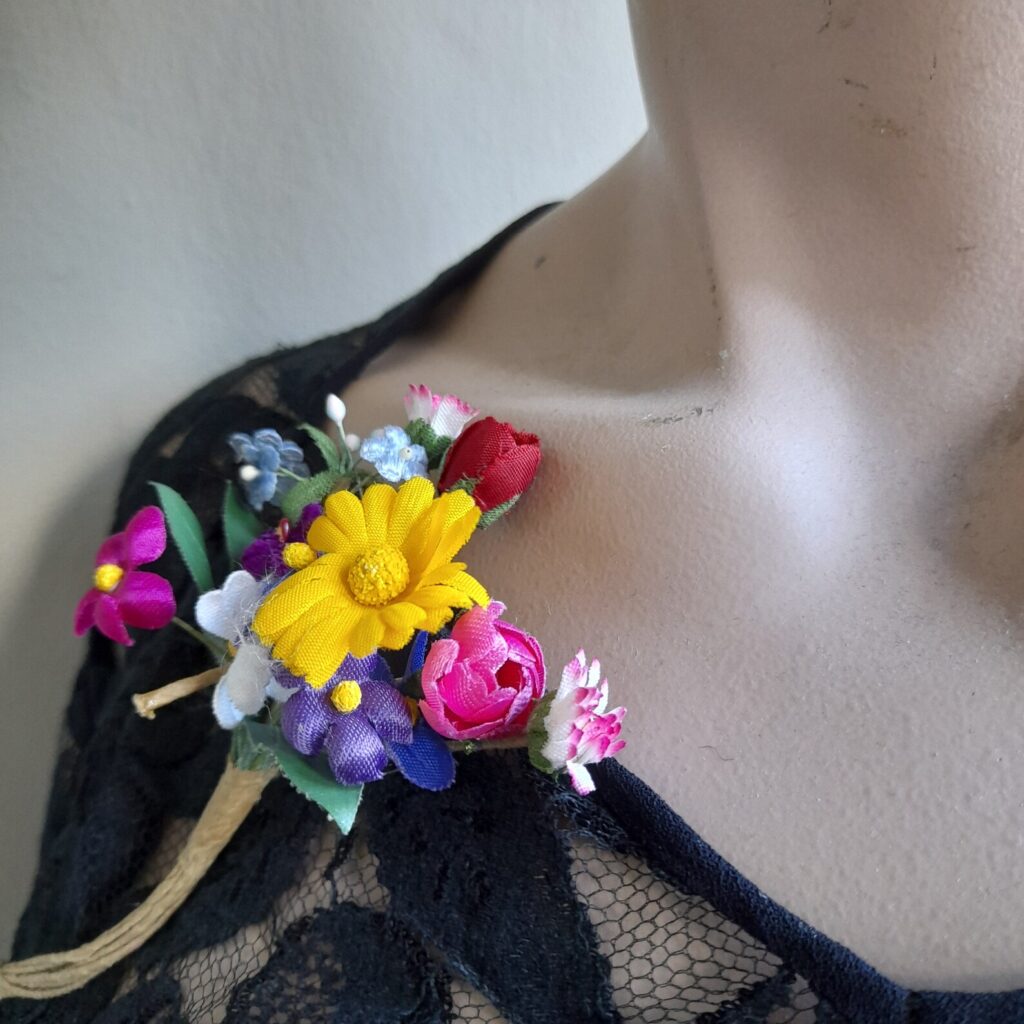
These nicely detailed flowers, meant to be seen up close, add interest and texture and give a simple outfit a bit of confectionary flair, the way piped roses make a simple cake even tastier. They aren’t meant to look real, they’re meant to charm, just like those buttercream roses.
The fascinator obsession, sparked by the British sisters Middleton, got millinery flowers back on our radar. But most of us reserve our fascinator wearing to important events like royal weddings, prestigious horse races and Friday night bowling. Here’s a fact, you can wear a corsage almost any day and anywhere you choose.
The late 1940s and 1950s was the true heyday of corsages. Hollywood stars, housewives and career girls all kept a greenhouse drawer of blooms both common and exotic to add pop to their outfits. Most common placements were at the V of a neckline, the lapel area or the waist.
Corsages come in all sizes and shapes, from small boutonnieres to large and flowing cascades from the shoulder to the waist. A nice little lapel piece is a good entry level millinery corsage–start small and work your way up to monumental. And they can earn their keep by pinning onto a special hat or a straw bag.
Vintage corsages are readily available. As are newer ones. And of course, you can always make your own. Petersham’s, a London retailer of everything your might need and plenty of things you might want, has a lovely bright online catalog of pieces to build your dream corsage. And there are a few step-by-step how tos on from Afloral. Although they use their own silk flowers, the same techniques can be used with more delicate millinery flowers. Just add a pin back so you don’t have to mess around with a corsage pin.
Shoe Clips
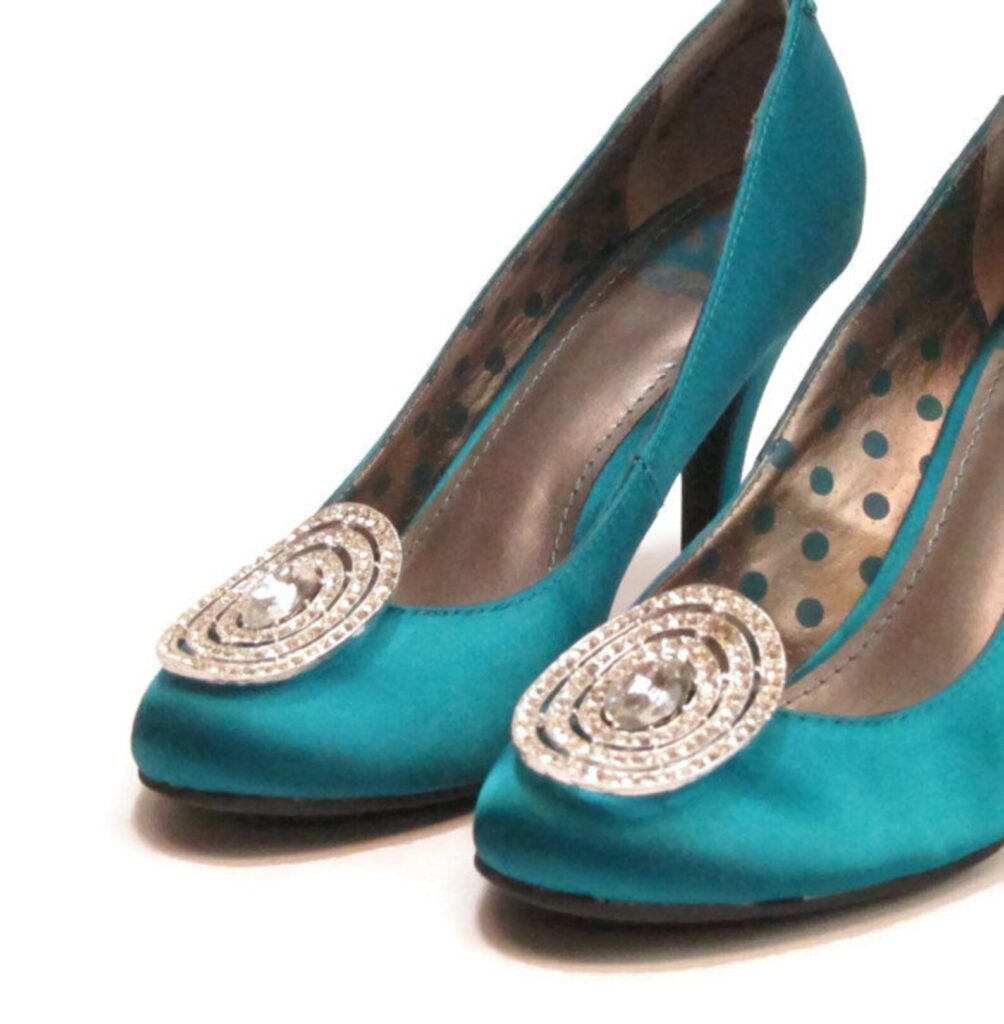
One pair of nice workhorse pumps can transform into style sensations with the addition of shoe clips. There are little confections as well–bows, tassels, flowers or sparkly shoe brooches with a toothy clip on the back that makes them grab on to the front of the vamp.
Shoe clips are now usually reserved for special occasions. In the 1950s and 1960s, they were in regular accessory rotation. Those vintage gals knew how to make more fashion economically. Our local shoe megastores are stuffed with shoes with a pre-installed statement piece like a bow or massive jewel. Buying a simple pair of shoes and adding clips frees you to make your own statement to fit the occasion or your mood.
Vintage shoe clips are available online, and most of them are in great condition. But you can also make your own, the metal findings are easy to track down at sewing and craft stores. Honestly WTF has a great tutorial on how to turn vintage earrings into shoe bling. (Hint: metal finding, broken earring, glue.)
Sweater Guards
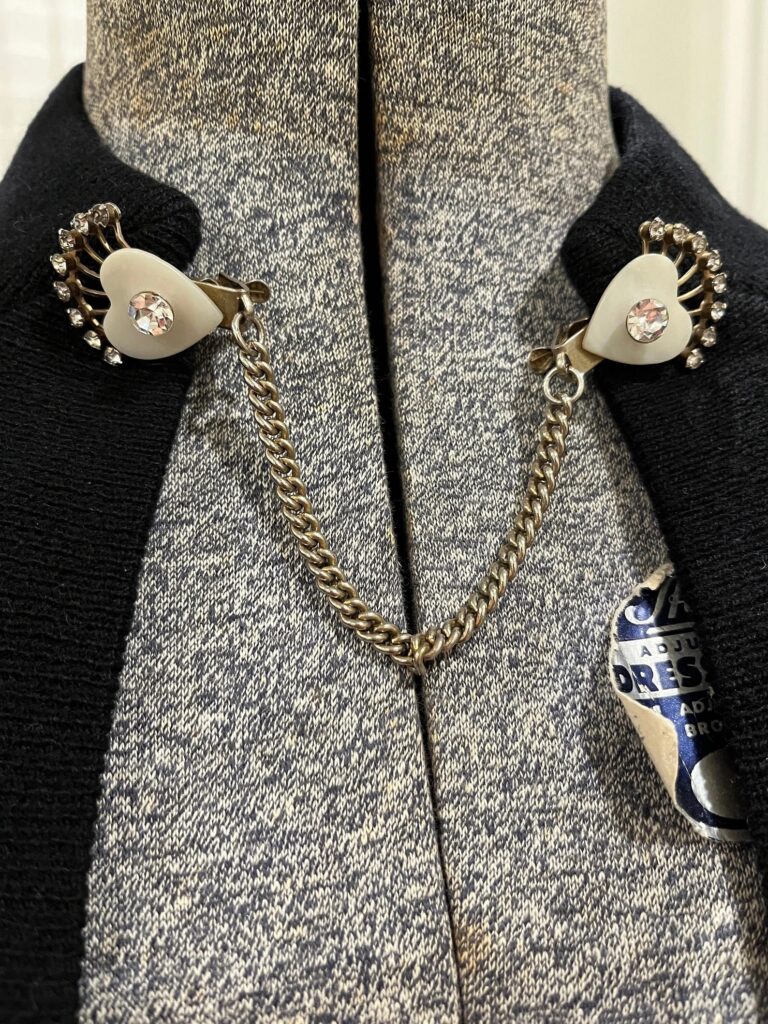
When you’re looking for a way to add a little warmth without sleeves, the modern go-to is the pashmina or other trendy wrap. If you reach back to the 1950s and 1960s again, the cardigan sweater casually draped over your shoulders with a nice looking the sweater guard to keep it from slipping off. Beauty with function, it’s a good thing.
Sweater guards that are around now are also used as collar clips or as an accent on a sweater worn traditionally. All of which is fine. Vintage ones are usually pretty traditional, pearls and/or rhinestones and/or plain clips shaped like a leaf or a flourish. Modern makers have a lot more fun. And they use a variety of findings to keep the guard in place: clips, pin packs, lapel pin backs.
You can also buy clips from jewelry suppliers, but you will have to add your own chain. Don’t be intimidated. We rate this at a skill level of 4 out of 10. Must own jewelry pliers. (Which you should have on your vanity anyway for those emergency jewelry repairs).
Sleeve Holders
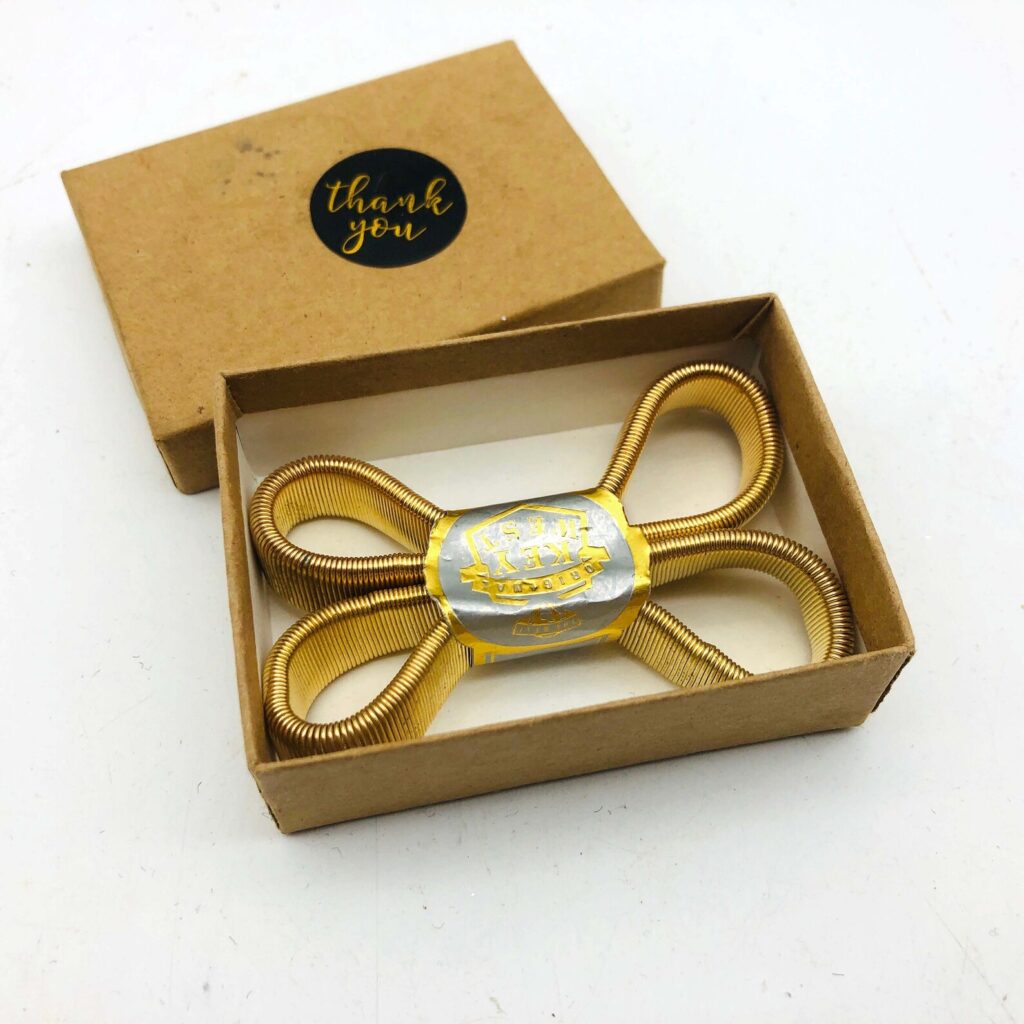
While sleeve holders are not strictly an accessory, they are an awesome revelation to me. As a vintage seller, I paw through a lot of vintage jewelry and have seen these little gold metal expansions bands. I’ve always thought they were the most boring bracelets ever made. But they’re not, they’re magical bands that solve the problem of keeping your long sleeves down when you’re putting on a sweater or a coat.
Slip these bands over the bottom of your sleeve. Put on top layer. Sleeves stay in place. Remove bands. Replace and use as desired. Where to find them? Amazon is probably easiest. But you can find vintage ones online.
By the way, sleeve holders are not to be mistaken for sleeve garters, which are worn on the upper arm. They have a similar function, but are also a look. A sleeve holder worn on your bicep would more like an uncomfortable miniature boa constrictor than a useful accessory.
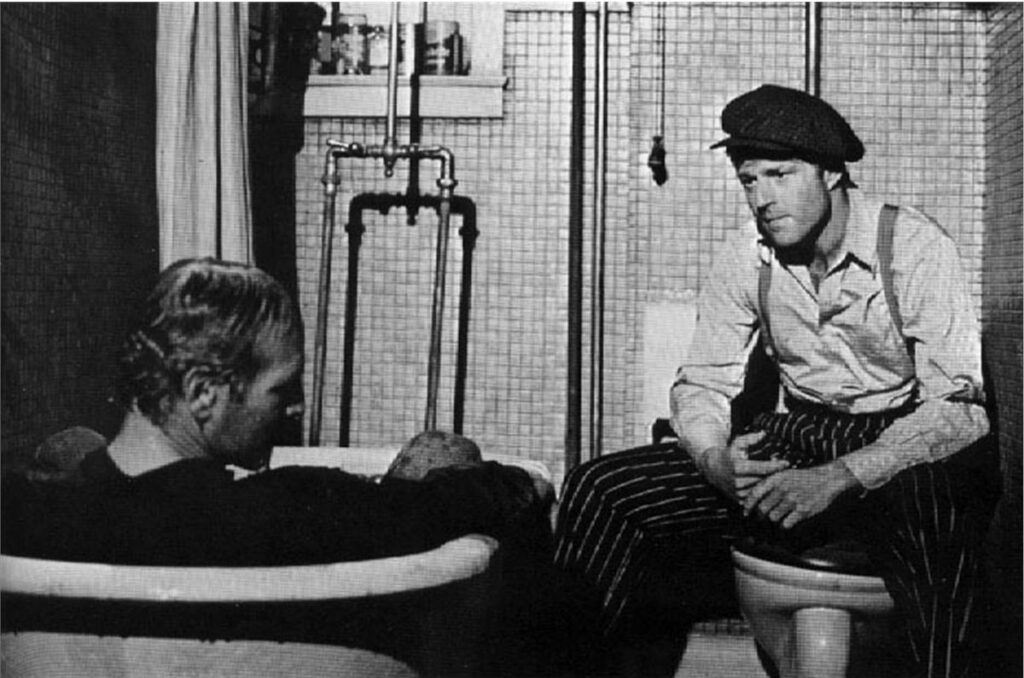
The real use of sleeve garters was to allow gents to shorten their sleeves and keep their cuffs clean while working. Because visuals are important, here is a photo of Robert Redford modeling garters in The Sting. You’re welcome.



